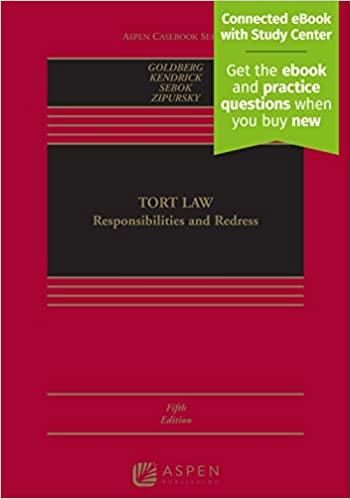Question
Case Study - The Keystone XL Pipeline The case of the Keystone XL pipeline is an example of the emotional aspect of many environmental disputes,
Case Study - The Keystone XL Pipeline
The case of the Keystone XL pipeline is an example of the emotional aspect of many environmental disputes, as our nation tries to come to grips with sustainability issues. Local and national opponents of the Keystone XL pipeline, which would carry crude oil from Canada to the Texas Gulf Coast, have protested for years to stop its construction (Figure 4.10). These efforts accelerated after President Trump approved the pipeline in March 2017, reversing President Obama's decision to reject it on environmental grounds. It appears that the pipeline is likely to be completed, pending legal action still unresolved in Nebraska.
To fight the pipeline, some opponents have used legal strategies such as court challenges in Nebraska, where regulators have not yet approved its route through the state. Other methods include tactics learned in the fight against the Dakota Access pipeline, in which protestors blocked equipment, occupied construction sites, and fought company employees and law enforcement officers. Protestors have vowed to use the same tactics against the Keystone XL. As Tom Goldtooth, executive director of the Indigenous Environmental Network, told reporters, "Our dedication to stop this pipeline isn't just for the future determination of our lives as human beings but also for the future of all generations of life, and that we stay true to the understandings of protecting mother earth to the fullest degree and do it in a prayerful way."53
Opponents of projects such as Keystone XL are not always divided along political party lines, geography, age, or other demographics. Bret Clanton is a rancher and a registered Republican who doesn't fit the standard profile of an environmentalist. The TransCanada Oil Company told him it planned to dig up three miles of his land to lay a section of the Keystone XL pipeline and bulldoze another two and half miles for an access road. "I've lived here all my life and this ground is pretty much as God, or whoever, made it, and I just want it to stay that way," Clanton said. He fought the pipeline from the beginning and lobbied the state government for several years, but he and the others may lose their legal challenges.54
Environmentalists now face a conundrum. Should they accept the pipeline and its potential for harm? Or should they advance to more aggressive tactics such as destroying property to forestall it and hope that a candidate friendlier to environmentalists is elected in 2020? Is nonlethal violence justified in the pursuit of environmental justice?
Discussion Questions:
Answer the following questions related to the case study:
- How should society and governments react to aggressive environmental protest?
- How would you balance a protestor's First Amendment right of free speech, expression, and assembly with concern for public safety and protection of property?
Step by Step Solution
There are 3 Steps involved in it
Step: 1

Get Instant Access to Expert-Tailored Solutions
See step-by-step solutions with expert insights and AI powered tools for academic success
Step: 2

Step: 3

Ace Your Homework with AI
Get the answers you need in no time with our AI-driven, step-by-step assistance
Get Started


